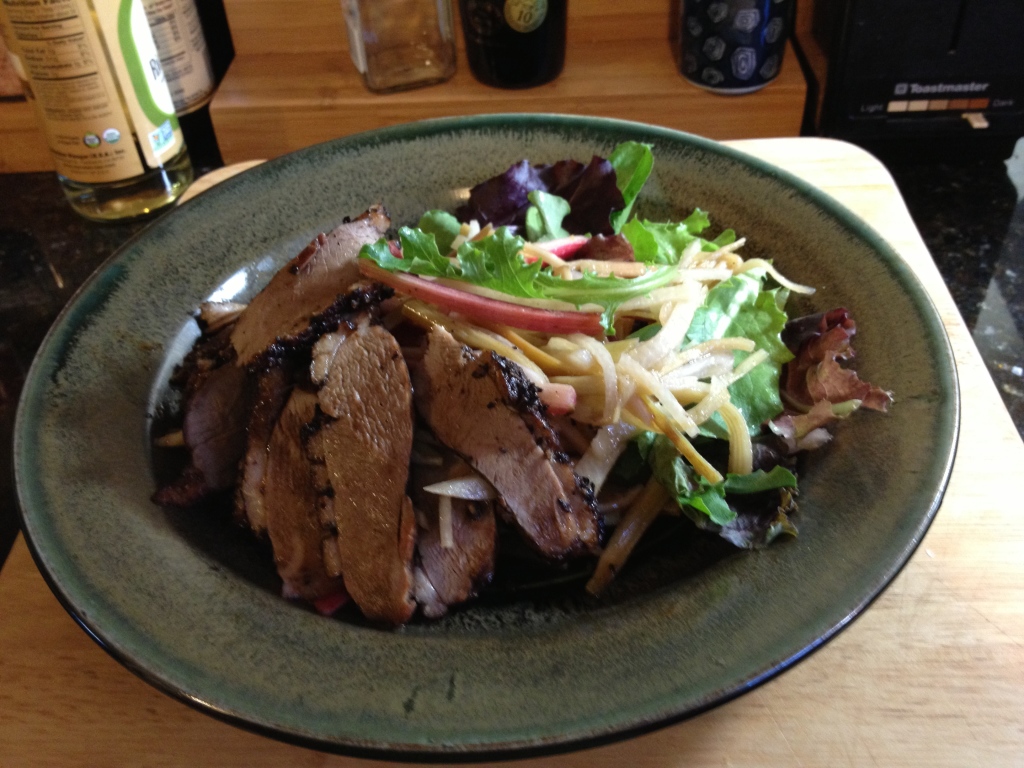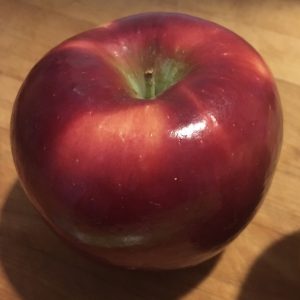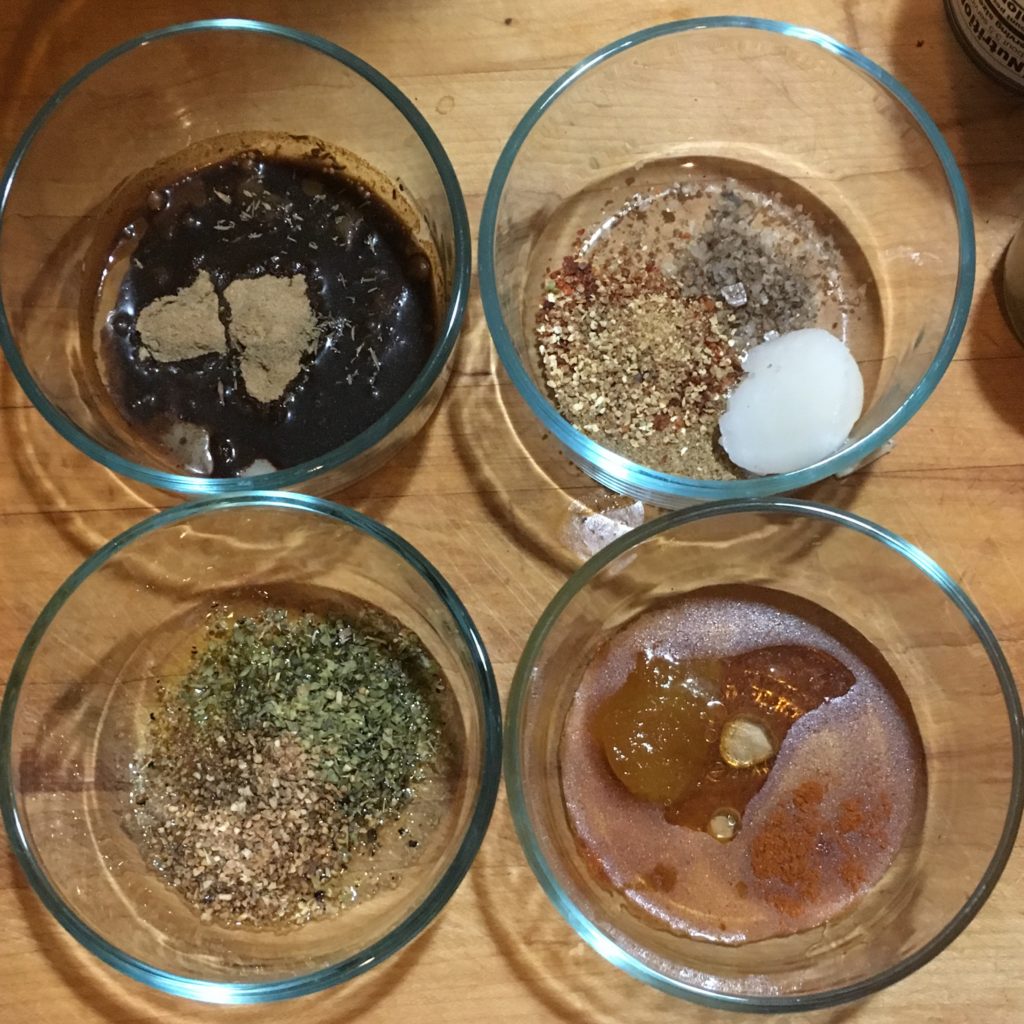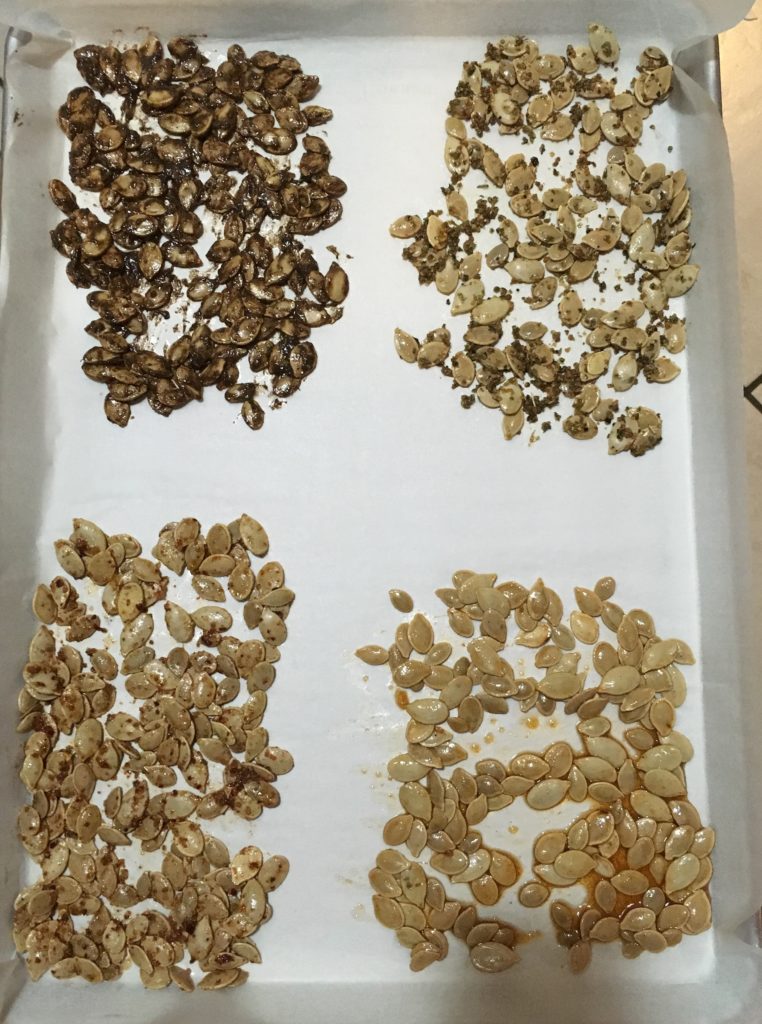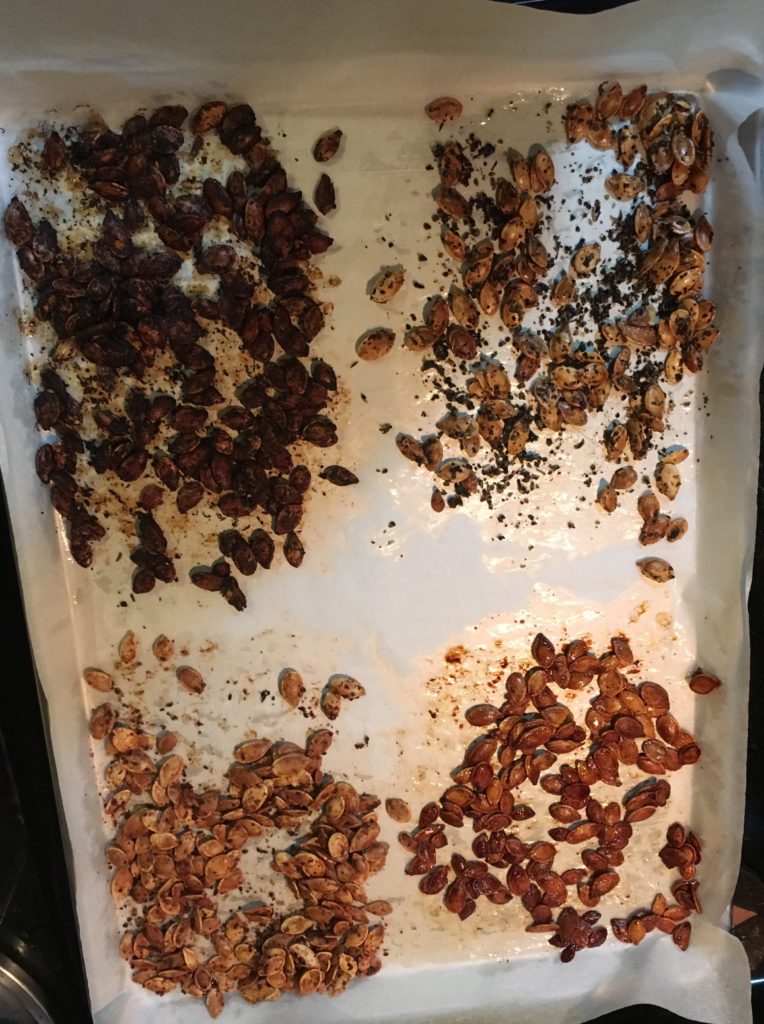I originally posted this as a Facebook note in January 2013, but people ask me for this recipe from time to time and Facebook notes are getting weird. (e.g., I post a link that works for me, and other people can’t access it.)
A friend commented on the note, “Make Friends With Kale Salad? As in, ‘Become a friend of kale,’ or ‘Use kale to make friends with others’?” The answer is “Both!”
This makes a lot—my biggest salad bowl. I usually make it for potlucks/parties, and I don’t think I have ever had leftovers—but if I did I would be happy, because it’s kind of a pain to make only three or four servings of this, and it keeps long enough to eat for lunch a few days in a row.
- 2 bunches kale–green curly, red curly, Lacinato, or a combination
- 3 cups other salad green(s) you like. (I like a mix of parsley and arugula best.)
- 2 bunches scallions (or about 6-8 shallots, if the scallions at your grocery store are pathetic)
- 2 Granny Smith apples (or other apple you like/can get)
- Fresh garlic as you like—at least 2 fat cloves, up to 8 fat cloves
- 3 lemons
- 1/2 c extra-virgin olive oil
- Champagne vinegar or white wine vinegar (possibly—depends on how juicy the lemons are)
- 1.5 tsp Penzey’s shallot pepper seasoning, or a mix of salt, pepper, and dried herbs you like in salad
- 2 tsp Dijon mustard
Ideal equipment: Knife, whisk, huge salad bowl, salad spinner, garlic press, lemon reamer, liquid measuring cup with spout.
Tear the tough stems out of the kale (like 2/3 of the way up the leaf—leaving some stem is nice for texture, especially with red kale which is so pretty) and wash it in two changes of water. Spin dry and set aside.
Trim parsley and arugula to your liking; wash in two changes of water (curly parsley in particular can hold a lot of grit); spin dry and set aside.
Press the garlic into the salad bowl. You could also mince/smash/mash it with a bit of sea salt if you’re all anti-garlic-press like Anthony Bourdain, or if you don’t have a garlic press.
Wash the scallions, trim off the root ends and any wiltiness at the top of the greens, and slice them as finely as you have patience for. Put them in the bowl with the garlic. (If using shallots: Peel, trim root ends. Mince a couple of them; slice the rest very thinly and muddle them a little so they fall apart into rings.)
Squeeze the lemons into the liquid measuring cup, pick out the seeds with a fork, and add vinegar if necessary to make 3/4 cup. Pour over garlic and scallions-or-shallots. Add seasonings and mustard. Mix well with whisk.
Pour oil very slowly into the lemon juice/vinegar/allium/mustard mixture, whisking constantly.
Quarter and core the apples and slice them directly into the dressing. You can make them a little chunky or thin. I like them slightly better in thin slices. Stir well to coat apples with dressing. (The lemon keeps them from turning brown).
Shred the kale and other green(s) of choice into thin ribbons (about 1/4 inch)—for the kale, stack/roll as many leaves as you can hold down with one hand and slice across. (This is called a “chiffonade.”) For the other green, just use your own judgment. (Arugula and parsley are too small to use the chiffonade technique so I just bunch ’em up and chop pretty finely.)
Add greens to salad bowl and toss gently but thoroughly until well coated with dressing.
This can sit at room temperature for several hours (hence ideal for potluck) and in the fridge for a couple-three days without getting wilty and gross.
Walnuts would be a good addition if that sounds appealing to you—but I would add them to each serving on the plate, not toss them in [because (a) nut allergies, and (b) walnuts could get soggy sitting in dressing for too long.]








